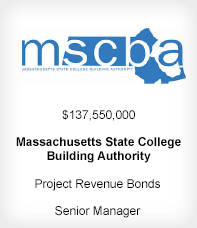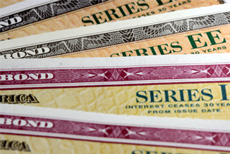
With a record $2.5 billion in green bonds issued by states and municipalities in 2014, according to Bloomberg, the appetite for these debt instruments is growing quickly. Since the World Bank issued the first green bond in 2008, issuance has significantly increased and investor demand has expanded with some investors now operating under a “green mandate.” The global market for green bonds tripled in 2014 to $36.6 billion – and is expected to reach $100 billion this year, according to Standard & Poor’s. Green bonds outstanding around the globe total $53.2 billion, according to the Climate Bonds Initiative, a nonprofit group. Though the municipal market is a small percentage of these bonds, it is increasing steadily.
Green bonds differ from traditional bonds in a key way: Their proceeds must be used exclusively to fund projects that qualify as promoting environmental sustainability. Though there currently isn’t a universal definition, the International Capital Market Association has developed Green Bond Principles that outline the types of eligible projects, which include renewable energy, energy efficiency (including efficient buildings), sustainable waste management and land use, biodiversity conservation, clean transportation, sustainable water management, and climate change adaptation.
The lack of international standards, and the fact that there is no single authority on what makes a green bond “green,” might prove to be a challenge going forward. Legal experts say that a lack of guidelines makes verification and guidance for green bond issuers more burdensome than it needs to be.
The global market for green bonds tripled in 2014 to $36.6 billion – and is expected to reach $100 billion this year, according to Standard & Poor’s.
Though green bonds may come with requirements for reporting, auditing and asset allocation, they also have distinct advantages in marketing and public relations. They offer governments the chance to position themselves as forward-thinking and environmentally conscious, attracting voters and appealing to investors with a sustainability mandate – and those with a “green bias,” who would choose a green bond over its conventional counterpart. Issuers including the Metropolitan Water Reclamation District of Greater Chicago, which sold about $225 million of green bonds in December, say the green label generates investor interest.
“The transfer of wealth from baby boomers to millennials might create more demand for green bonds as this generation looks to invest in projects that promote sustainability,” said Joseph DaBreo, senior vice president with Raymond James’ public finance office in Boston. “Green bonds represent this type of opportunity in the minds of some issuers.”
Mr. DaBreo was the lead banker on Raymond James’ senior managed $138 million green bond issue for the Massachusetts State College Building Authority last year. The Commonwealth of Massachusetts requires buildings to be LEED-certified, so marketing the bonds with a green designation seemed a natural fit to expand the buyer base. According to Mr. DaBreo, there were 10 buyers in the transaction specifically because of green bonds, accounting for $30 million worth of par.
“Although time will tell whether the budding popularity of green bonds will evolve into something more substantial and lead to price differentials down the road,” said Mr. DaBreo, “issuers who have environmentally sustainable projects should start thinking long-term and position themselves at the forefront of the green bond movement.”



